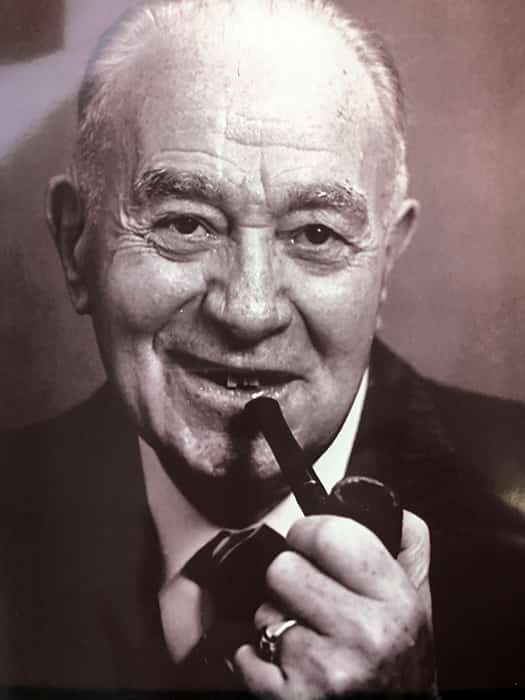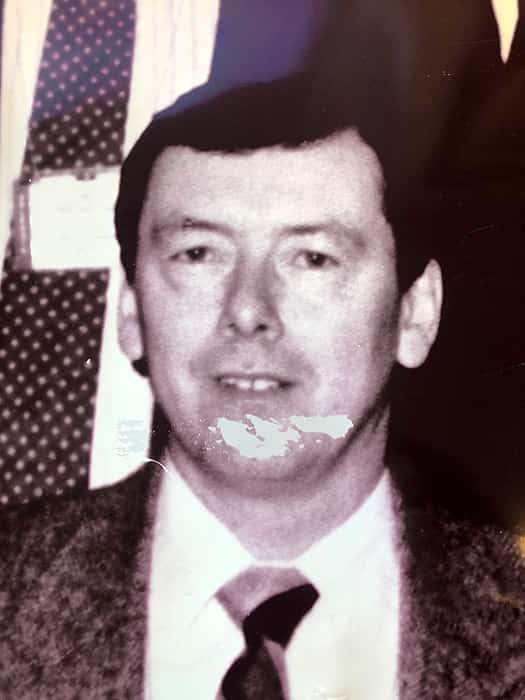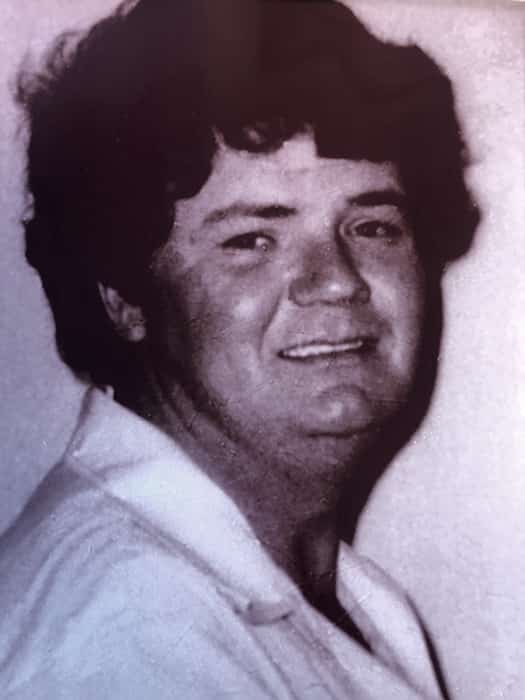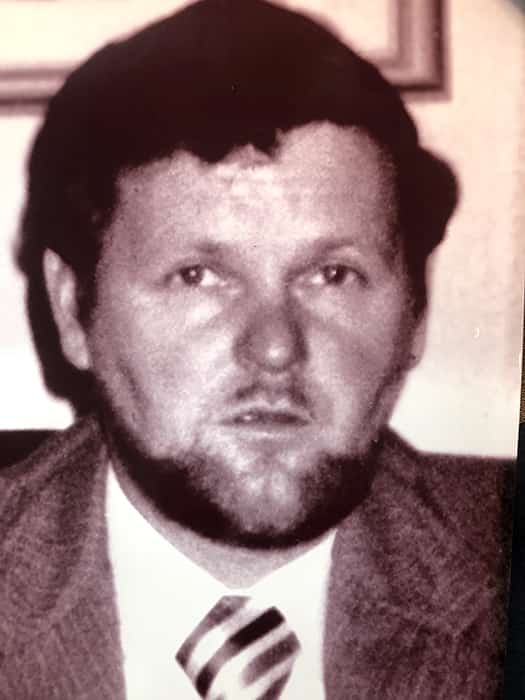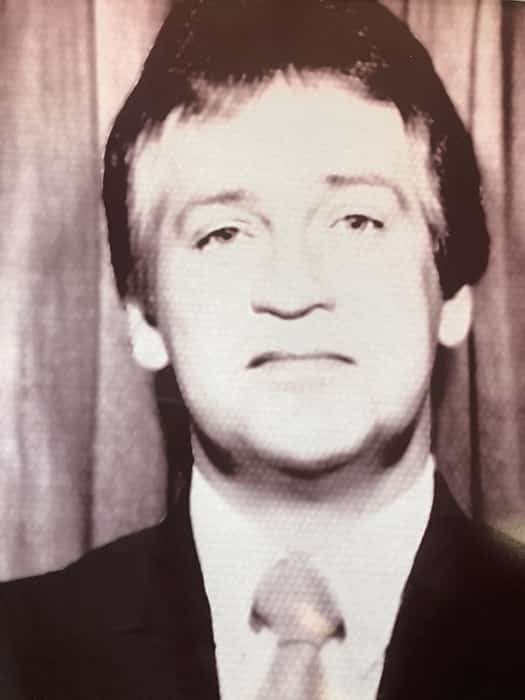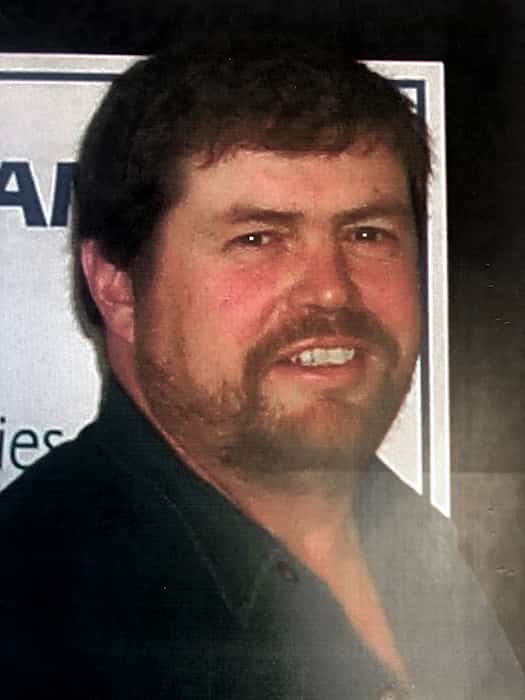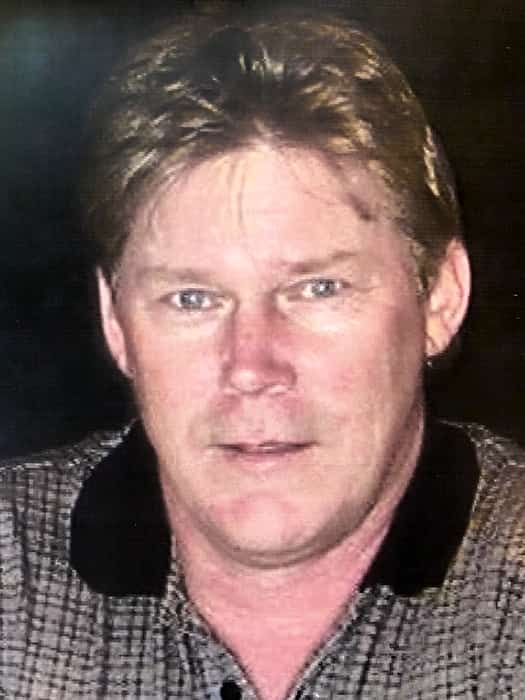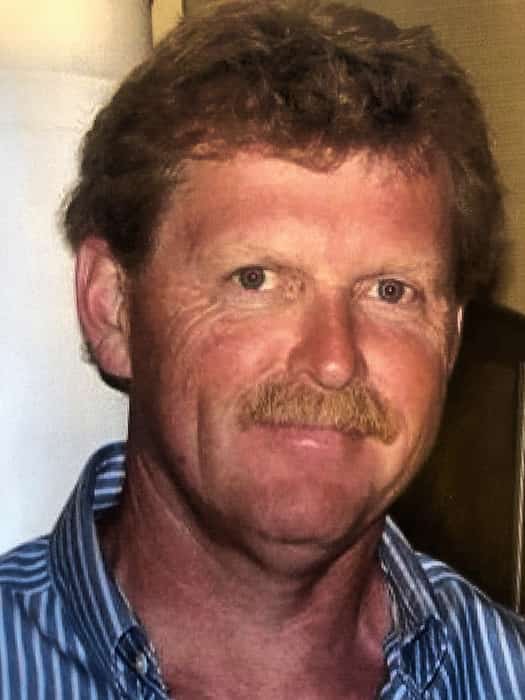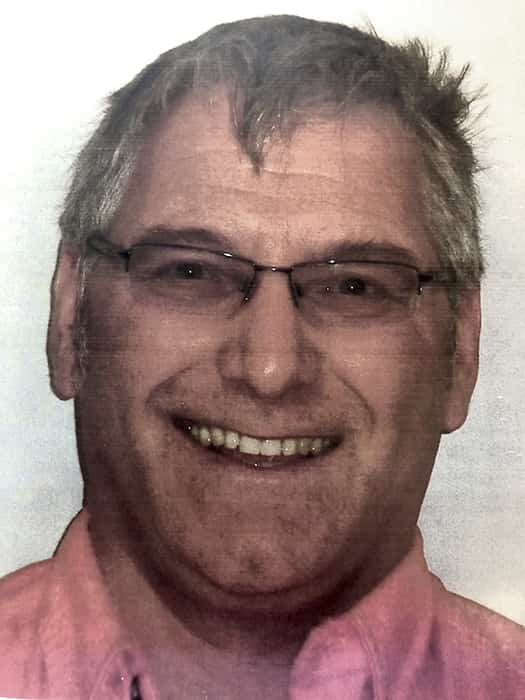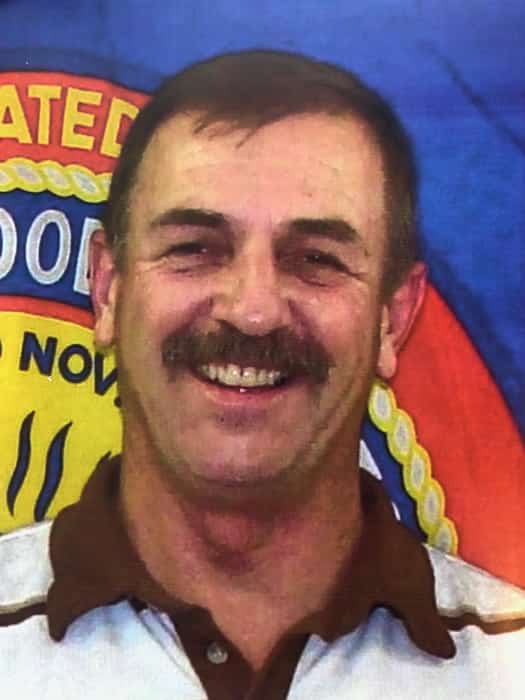75 years of advocating on behalf of members, ensuring fairness in the workplace and embracing comradery within our Union.
On August 15, 1949 Local 1620 was established within the IBEW and given jurisdiction for utility work for the Province of Newfoundland and Labrador. The hard work of our members from 1949 propelled us on a path to great success and growth. We whole-heartedly thank them for their courage and foresight!
Back in 1949, there were employment issues relating to employer work locations. With strong worker support, especially from lineman, a meeting was held by eight workers at 148 Pleasant Street in St. John’s. Led by Richard (Dick) Murphy, they organized a discussion meeting. The group made the necessary registration to the Department of Labour and became certified under the IBEW. We were then chartered by the IBEW as Local 1620.
These workers were instrumental in our Local’s formation. Once formed, Dick then became Local 1620’s first President and was sworn into office at our first Local Union meeting on August 24, 1949. Minutes from that very meeting are available for your review here.
Under Murphy’s leadership, Local 1620 went on to negotiate its first collective agreement with Newfoundland Light and Power Co. Ltd. He provided energetic, sensible guidance for the Union and established a great rapport with the company. Because of this, wages and working conditions were improved.
Since then we have grown and made many working improvements. Because of all our past Union leaders, we have come a long way and our benefits are better than ever.
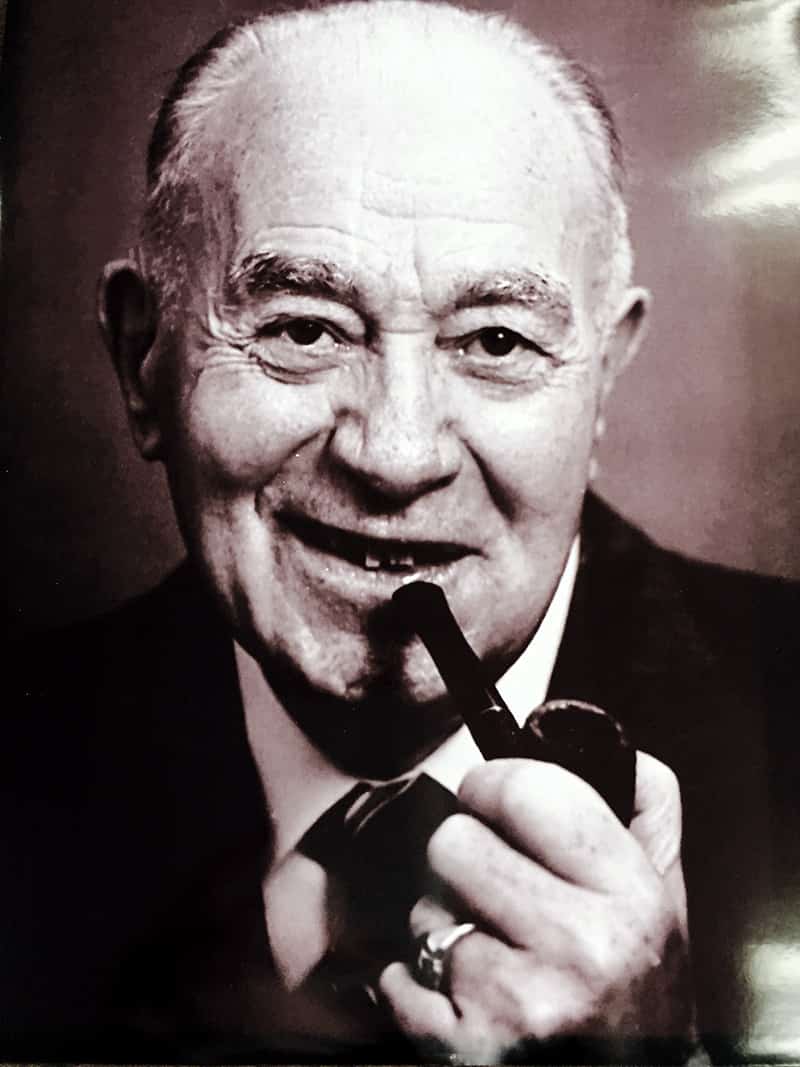 “The Union played a major role in the building of the St. John’s Memorial Stadium in 1954. Murphy continued as Local 1620 president and was elected president of the St. John’s Trades and Labour Council. With Local 1620 providing exceptional support, the Council agreed to have 1% of all St. John’s Union wages devoted to the fund to build the stadium. It was also through Local 1620, spearheaded by Murphy, that the Reddy Kilowatt Credit Union was established and flourished, and the 30-year-club was put into place for employees who worked for long periods of time with Newfoundland Light and Power. It should also be noted, again with correct support from company linesmen, that Newfoundland Light and Power became the dominating entry in Trade Races at the Royal St. John’s Regatta with extremely successful results. It is interesting to note that Murphy declined promotions for several years so he could remain with the Union as president, but eventually graduated to a management position, mainly responsible for company promotions and good will.”
“The Union played a major role in the building of the St. John’s Memorial Stadium in 1954. Murphy continued as Local 1620 president and was elected president of the St. John’s Trades and Labour Council. With Local 1620 providing exceptional support, the Council agreed to have 1% of all St. John’s Union wages devoted to the fund to build the stadium. It was also through Local 1620, spearheaded by Murphy, that the Reddy Kilowatt Credit Union was established and flourished, and the 30-year-club was put into place for employees who worked for long periods of time with Newfoundland Light and Power. It should also be noted, again with correct support from company linesmen, that Newfoundland Light and Power became the dominating entry in Trade Races at the Royal St. John’s Regatta with extremely successful results. It is interesting to note that Murphy declined promotions for several years so he could remain with the Union as president, but eventually graduated to a management position, mainly responsible for company promotions and good will.”